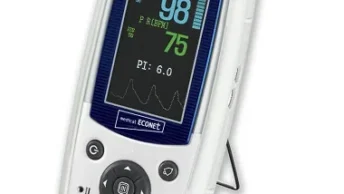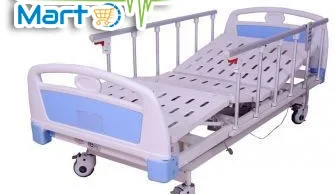Boost Oxygen is a supplemental oxygen product primarily marketed as a wellness and recreational product. It is intended for use by individuals in various situations where they may need a temporary and portable source of supplemental oxygen. While it is not a medical device and should not be used as a substitute for prescribed medical oxygen therapy, it can be used by a range of individuals for various purposes. Here are some common scenarios in which people might use Boost Oxygen:

Altitude Sickness Relief: People traveling to high-altitude areas may experience symptoms of altitude sickness, such as shortness of breath, fatigue, and headaches. Boost Oxygen can be used to alleviate these symptoms by providing additional oxygen.
Exercise Performance: Some athletes and fitness enthusiasts use supplemental oxygen during intense workouts to potentially improve endurance and reduce fatigue.
Energy and Recovery: Boost Oxygen is sometimes used by individuals seeking a quick energy boost or faster recovery after physical exertion.
Mental Clarity: Some users claim that inhaling oxygen can help improve mental clarity and focus, although scientific evidence for this effect is limited.
Hangovers and Fatigue: It is also marketed as a remedy for hangovers, fatigue, and jet lag, although its effectiveness for these purposes is anecdotal.
It’s important to emphasize that Boost Oxygen is not a medical-grade oxygen product and should not be used as a replacement for prescribed medical oxygen therapy. People with medical conditions that require oxygen therapy should follow their healthcare provider’s recommendations and use medical-grade equipment.
Boost Oxygen is available over the counter and does not require a prescription. However, individuals with underlying health conditions should consult with a healthcare professional before using supplemental oxygen products to ensure it is safe for their specific situation. Additionally, it’s crucial to follow the manufacturer’s instructions for proper usage and storage of Boost Oxygen.







